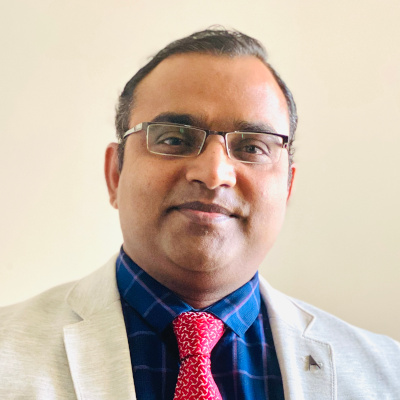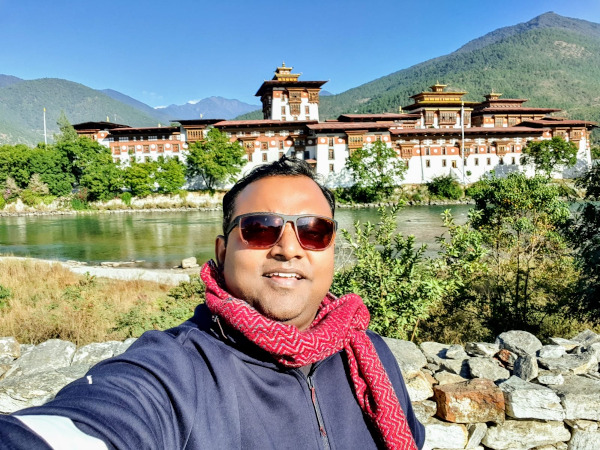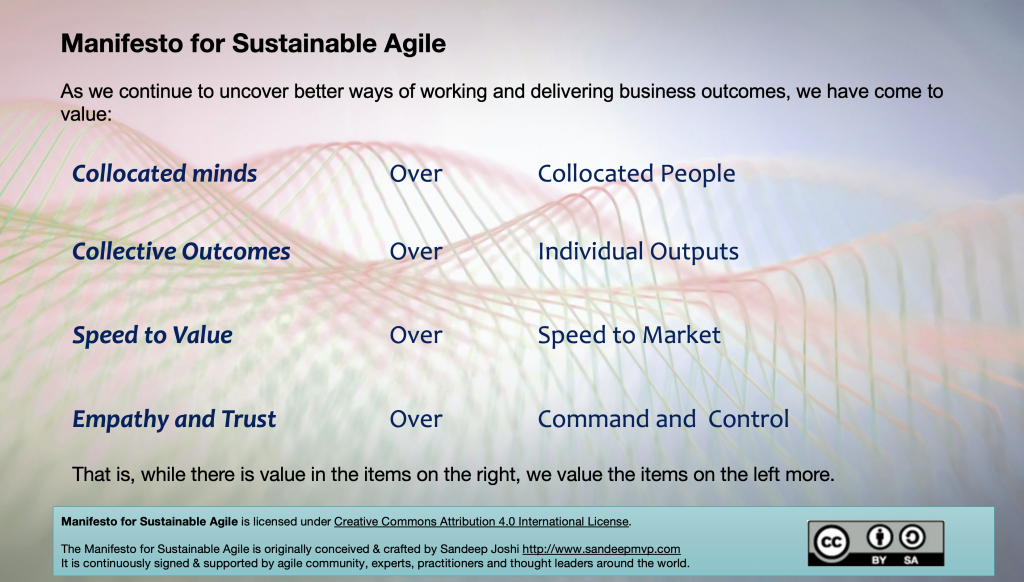Here is today’s summary of the “Campfire Talks with Herbie”.
TameFlow Community Member: Sandeep Joshi
Name (and Company/Affiliation if desired)
Who are you?

Sandeep Joshi - Author of Sustainable Agile Manifesto and DevOps Strategy Canvas
I am a learner and explorer with a goal to transform organization and individuals toward sustainable high performance. I specialize in enterprise strategy, programs and product management and advocate of “being” agile than “doing” agile to deliver truly collaborative outcomes with IT and Business alignment
I currently work as an enterprise transformation coach and advisor. My passion towards community and sharing knowledge gives me opportunities to speak at various industry conferences.
My most recent work involves the Sustainable Agile Manifesto and DevOps Strategy Canvas. I am in the process of building an open source community to drive sustainable business transformation for a better world and looking forward to meeting like minded individuals to join hands together.
How did you get involved with Agile, Coaching, Organizational Performance - and in particular with TameFlow?
My first introduction to agile was back in 2005 implementing Scrum with my engineering team. My agile journey enriched with various engineering and technology leadership roles and I started my coaching journey in 2012.
Over the last 8 years, I have had the privilege to guide and coach various organisations with their agile and DevOps transformation journeys. It’s quite fulfilling to create high performance.
I got introduced to TameFlow at the beginning of this year. I am quite impressed with its simplicity and principles.
Are you currently (or do you intend) making a living in this sector? And with TameFlow?
Yes. As an enterprise transformation coach, I work with leaders and teams creating transformational outcomes at every level of an enterprise.
Before becoming a full time coach, I was working as a CTO for a small boutique consulting firm and what I saw working with various clients was a world full of leadership crisis and misunderstandings around agile and devops practices in general. In my view, the marketing narrative was heavier than reality. That’s when I decided to start my journey as a coach to broaden my impact and influence beyond serving just one company as a leader.
Give us a typical day in your life!
I am an early bird. My day usually starts at 5:30 am. I usually do Yoga from 06:00 - 06:50 am then drop my kids at school.
8:00 am is my breakfast time. Pre-covid I would usually take a MRT to get to the office. However with WFH these days, I start my office earlier.

My meetings usually start at 9:00 am and 12:30 is my lunch time. As my wife goes to pick up the kids, I eat my lunch alone. Post lunch, my meetings are usually until 6:00 - 6:30 pm.
Evening 6:30- 8:00 I go for a walk or do exercise. 8:30 is my dinner time and then we watch TV together for 1-2 hrs before going to sleep.
I listen to music prior to going to sleep.
I believe meditation is a great technique for relaxing and having a “me” time. I meditate at least once a week to keep myself energised.
What makes you happy at the end of a day?
Making an impact on people’s lives and being able to see people grow..
What’s the most important skill or insight you’ve developed while getting involved with this industry?
Coaching is a bi-directional process and every environment is different. For an organisation to truly transform, cultural changes are critical.
What are the greatest challenges on your path to using/improving the techniques you favor in this sector? Where do you see TameFlow in this?

To me the greatest challenge we face today is that Post-Covid world demands a new PIVOT. The new world needs a new mindset, new approach and new ways of working to set the path for better earth.
The global growth story had been underpinned by capitalism at the forefront with little or no consideration towards sustainability or without truly understanding the impact on the natural ecosystem. The story around “getting faster, better, cheaper for business” has to evolve to “getting better together” for everyone.
It is high time leaders define purpose beyond profit and bring sustainability as the core of their business models.
To this extent, I see Tameflow’s Inspired Leadership and Unity of Purpose is clearly aligned with core values of the Sustainable Agile Manifesto. It can help organisations guide towards their agile journey.

What are the greatest rewards you’ve had (personally or professionally) or would like to receive in this industry?
I feel the greatest reward I got personally is my beautiful family. Professionally, I always felt great giving back to the community. My first official award was “Community Star” award in 2002 and since then I have contributed to over 300 community sessions across Asia Pacific and look ways to give back to the community as much as possible. I am proud of my Microsoft Most Valuable Professional awards over the years.
What do you want to learn from a community of peers, like the one here TameFlow Community site?
I am keen to learn and explore how we can declutter the agile narrative and PIVOT to a better alternative.
Another area that I am really passionate about is how to build high performance in a vendor driven environment.
If other TameFlow enthusiasts want to reach out to you, where do they find you? And what is your TameFlow Community handle?
My TameFlow Community handle is “sandeep_mvp”. You can also find me at twitter @sandeepmvp and LinkedIn at https://www.linkedin.com/in/sandeepmvp/
What question(s) would you like to ask Steve, or what topics would you like him to develop ( in relation to the TameFlow Approach)?
In my experience, every leader comes with a different agenda and personality to the transformation puzzle.
How does TameFlow handle Leadership Transitions?
Herbie talks about… Leadership Transition and Business Continuity
In a transitional phase, any business needs to consider its core and purpose deeper than ever. The values of Sandeep’s manifesto map quite nicely to the fundamental patterns and mental models of the TameFlow Approach:
-
Collocated Minds: Shared Mental Models
-
Collective Outcomes: Unity of Purpose
-
Speed to Value: Focus on Throughput (Operational and Financial); and the four flows in general.
-
Empathy and Trust: Community of Trust
A company that is driven by such values - or by corresponding patterns and mental models of TameFlow - is much better equipped than others to survive disruptions. Disruptions can be unplanned events (like the current situation with the COVID-19 crisis); but also more ordinary change of guard at the top, that will question and want to change everything.
If the organization has embraced a culture of experimental and validated learning, and change proposal - whether suggested by the new leader or from any other person - will always be considered. And then put to test through actual experimentation and collection of metrics.
If The Goal of the company is “Make more money today and in the future” such changes will have to change that there is an improvement in that direction. If the improvement is observed and/or measured, then it has been a gain. If not, then there is a learning opportunity to be taken.
The hardest part of this might be to convey this overall attitude to the new leader; but this is no different than trying to adopt TameFlow in the first place. In short a TameFlow company has better chances ad “taming” the new leaders that step in with great intentions, building on top of the foundational patterns of Unity of Purpose and Community of Trust. It is the moment where the organization educates the new leader about what a great team of people they have found.
If you found the topics in the “Campfire Talks with Herbie” interesting, there is much more to learn about them in the The Book of TameFlow book.